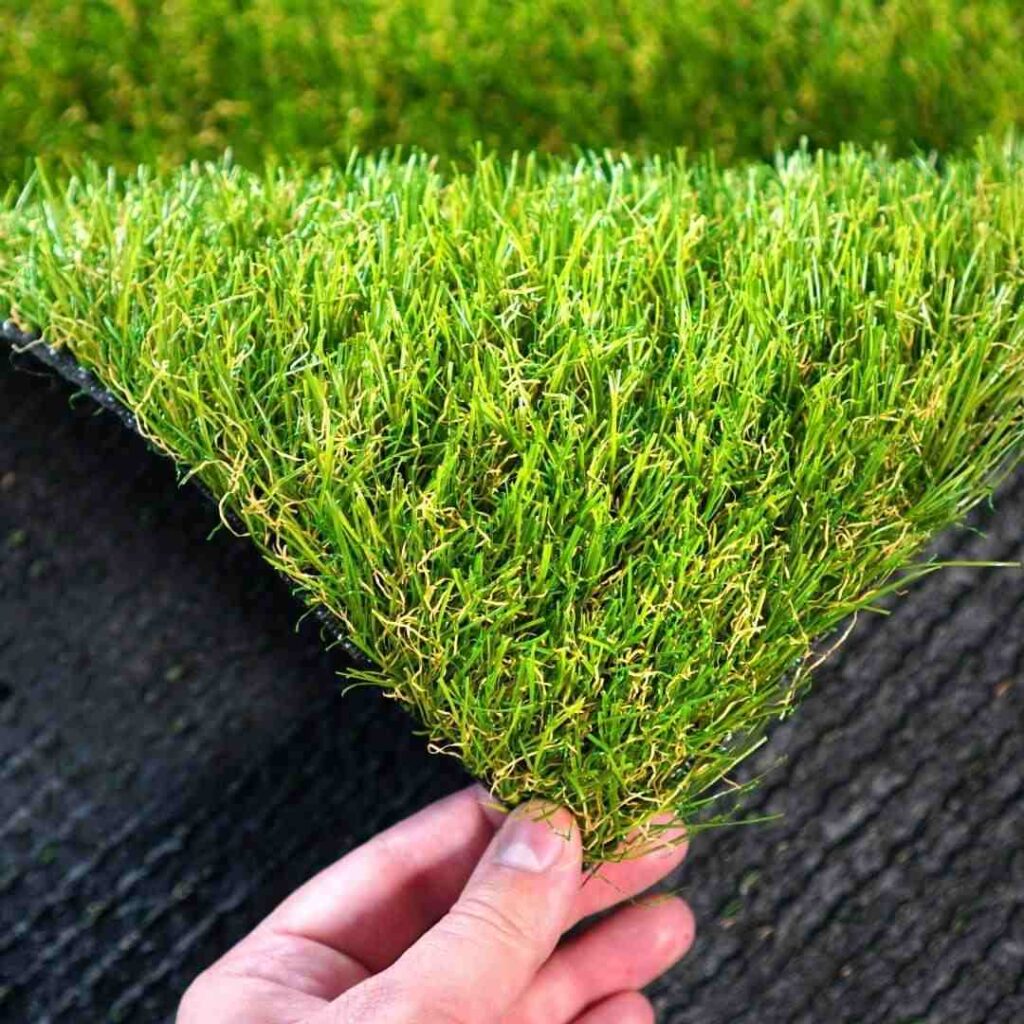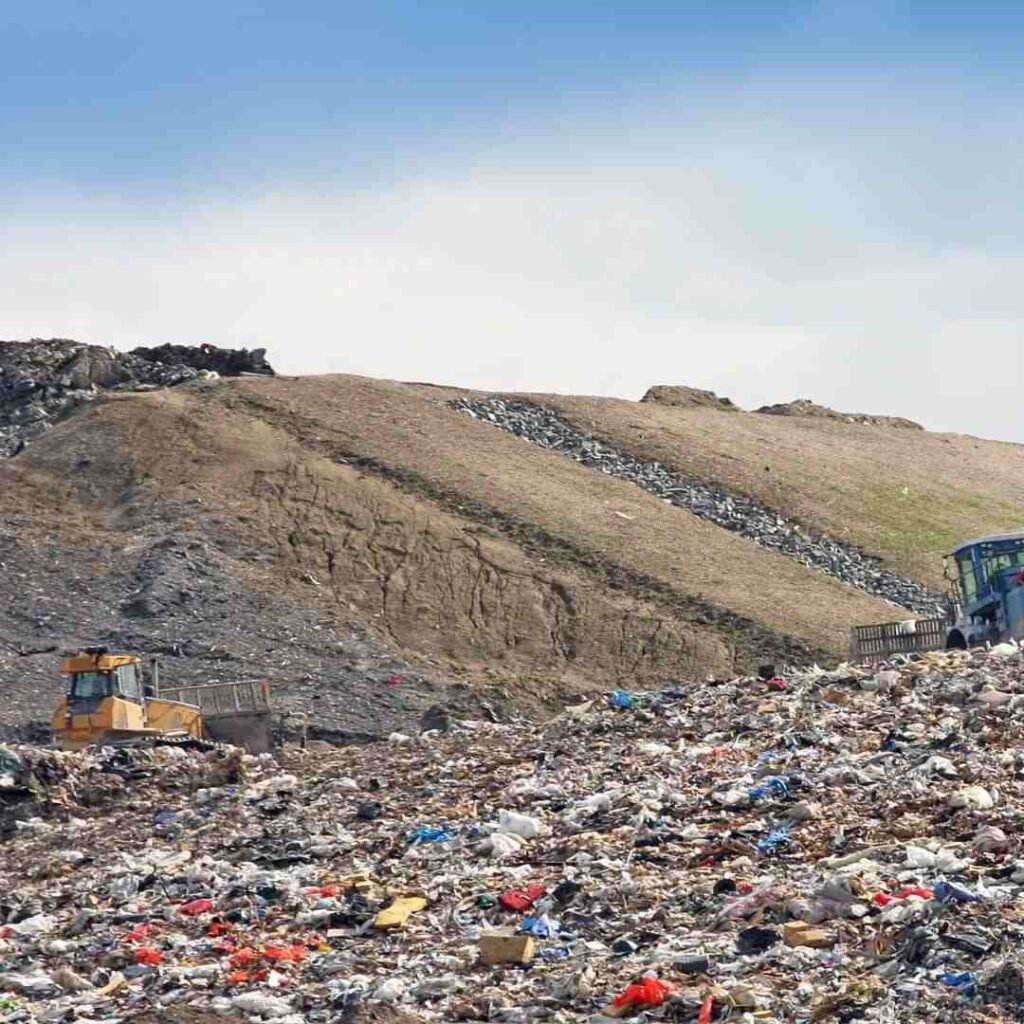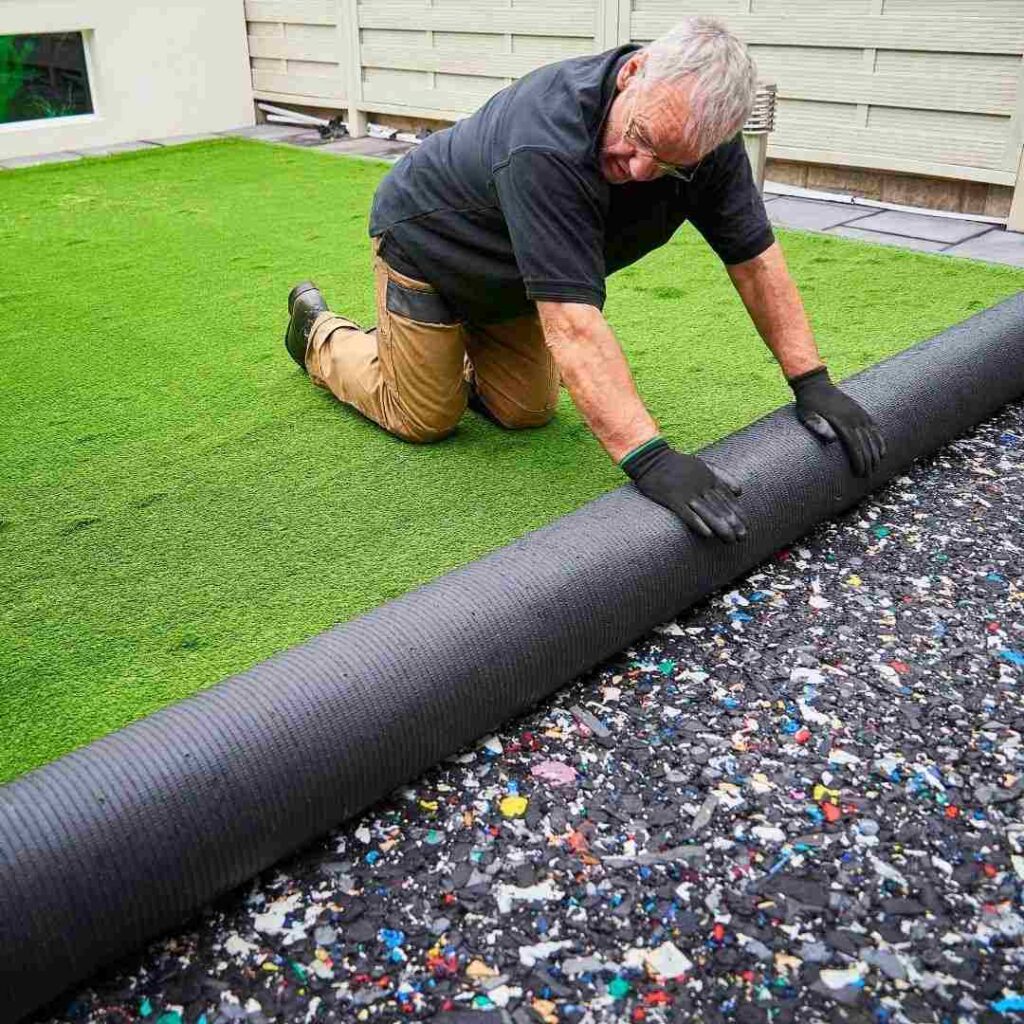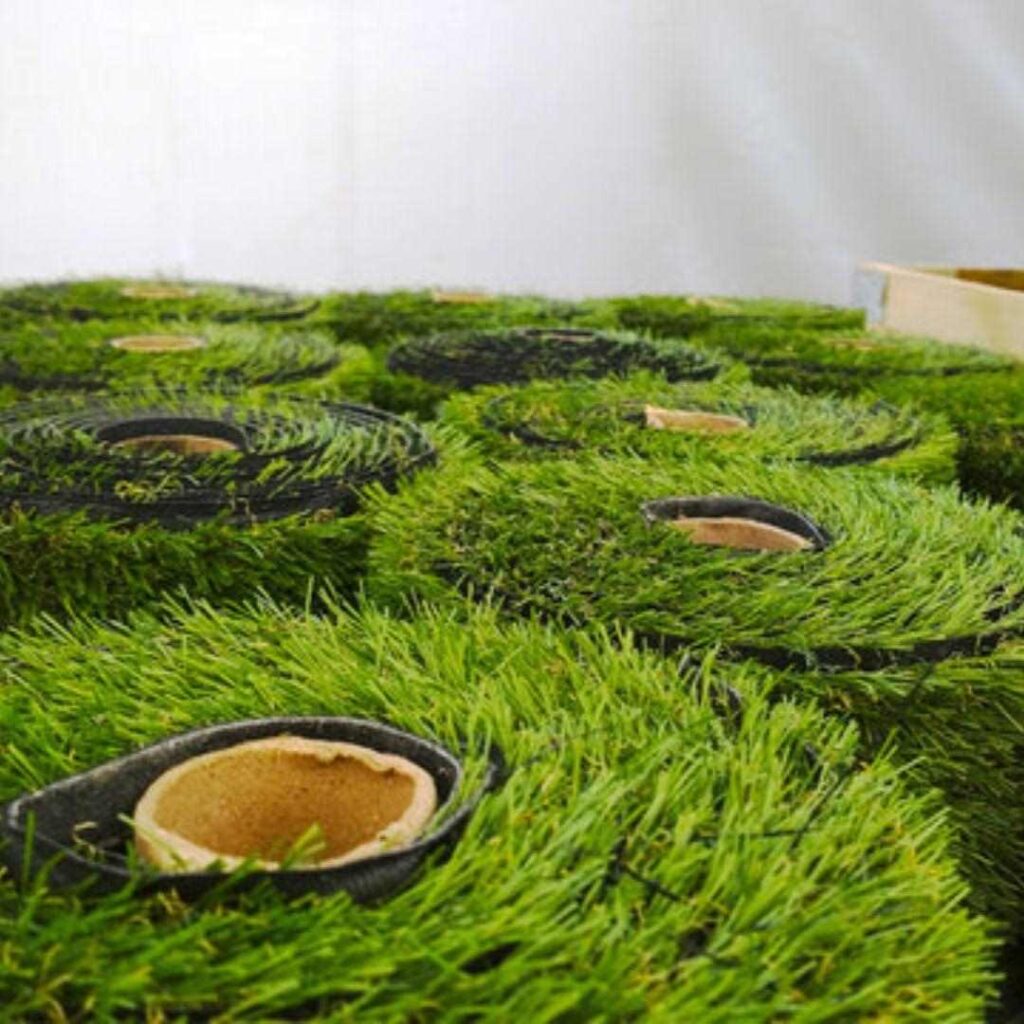
Bermudagrass: The Ultimate Drought-Resistant Lawn Solution
Imagine a lawn that cuts down on your water bills and saves you from costly repairs by standing up well to heat and drought damage. Bermudagrass, a warm-season grass, is known for its superior drought tolerance. It maintains turf quality under drought stress by entering dormancy instead of completely succumbing to damage, ready to revive when conditions improve. Improved bermudagrass varieties even display better tolerance, holding an acceptable green color in conditions that would wither other grasses.
Key Takeaways
- Stricter water restrictions pose a significant challenge for maintaining lush lawns. Adapting by using drought-tolerant grass varieties and efficient watering techniques can help create sustainable, resilient landscapes that thrive even under limited irrigation.
- Bermudagrass excels in drought tolerance. It enters dormancy during dry spells, maintaining turf quality and reviving when conditions improve, making it ideal for areas with water scarcity.
- Lawn care practices such as minimal mowing, higher mowing heights, mulching, avoiding foot traffic, weed control, and deep, infrequent watering improve your lawn’s resistance to drought and maintain its health and appearance.
Navigating Water Restrictions: Keeping Your Lawn Green Amid Drought
Stricter water restrictions are being enforced to conserve precious water resources, posing a significant challenge for homeowners who strive to maintain lush, green lawns. The limited watering schedules also pose a threat to natural grass, which is vital for its many environmental benefits—erosion and flooding control, absorbing carbon dioxide, producing oxygen, cooling the environment, and supporting biodiversity.
The lawns that thrived under regular irrigation now face stress and decline under limited watering schedules. Homeowners must adapt to these new conditions by seeking drought-tolerant grass varieties and implementing efficient watering techniques. These strategies not only help comply with water restrictions but also contribute to creating sustainable and resilient landscapes that can withstand prolonged periods of drought.
So, how can you still enjoy a dense, green landscape amid these challenges? The secret lies in the type of grass you grow. Years of research and cultivation have yielded improved and hybrid bermudagrass varieties better adapted to extreme weather. These grasses are made to be more drought-tolerant, surviving and even retaining their lush, green look during dry spells. This is due to their characteristics: low water requirements, deep root systems, vigorous growing stems, and the ability to go dormant and revive when water is restored.
Beyond Drought Tolerance: The Benefits of Bermudagrass
Bermudagrass stands out among other grass varieties for several reasons. Its ability to go dormant during drought allows it to conserve water and energy. Instead of dying off, it pauses its growth until conditions improve. Once adequate water is available, it should spring back to life, restoring its lush, green look.
Most of the benefits of bermudagrass are attributed to its deep and dense root system, which allows it to access water from deep within the soil, giving it an edge during extended dry spells. Additionally, its strong network of stolons and rhizomes helps it spread and recover from damage, filling bare spots and maintaining a uniform, green lawn.
Water-Efficient: Bermudagrass requires about 20% less water than cool-season grasses, making it ideal for areas with water restrictions.
Heat and Drought-Tolerant: It thrives in arid environments, displaying resilience during extreme temperatures.
Low-Maintenance: Its vigorous growth allows it to recover faster from damage, minimizing the need for patching and thus saving time and money on maintenance.
Durability: Bermudagrass can handle heavy foot traffic, which explains why it is widely used in high-traffic lawns, golf courses, sports fields, and recreational areas.
How to Maintain a Drought-Resistant Lawn
In addition to relying on drought-tolerant grass like Bermudagrass, you can take several measures to improve your lawn’s drought resistance. One effective method is adding organic matter, which increases moisture retention in the soil. You can ensure your lawn stays healthy and green even during dry spells by employing the following practices.
Mow Minimally
Bermudagrass is a finely textured grass that grows best when maintained at 1-2 inches in length. But you can mow less often during a drought to avoid additional stress on an already drought-stressed lawn, cutting no more than one-third of the grass each time.
Mow Grass Higher
During drought conditions, consider mowing your grass to a height of 3-4 inches. This additional height helps shade the soil, reducing water evaporation. Always mow when the soil is dry to prevent soil compaction, which can reduce water uptake. Ensure your mower blades are sharp, as dull blades can create jagged cuts that dry out easily.
Mulch Grass Clippings
Mulching grass clippings can particularly benefit a drought-resistant lawn. After mowing, leave about 0.5 inches thick of clippings on the lawn to help conserve moisture and provide essential nutrients as they decompose, contributing to healthier grass growth.
Avoid Traffic
Limit traffic on a drought-stressed lawn, as traffic from pets, kids, and equipment can compact the soil, reducing your lawn’s ability to absorb water. Consider designating pathways to minimize or isolate damage to the lawn.
Remove Weeds
Weed control is always important, but it becomes more crucial during a drought. Weeds compete with grass for water and nutrients, weakening your lawn. Regularly remove weeds to ensure your grass gets the resources it needs to stay healthy without competition.
Focus on Deep and Infrequent Watering
Continue your regular watering schedule by providing 1-1.5 inches of water per week, delivered in one or two sessions. Water deeply to ensure the top six to eight inches of soil is moist, encouraging deeper root growth. Water your lawn early in the morning to minimize evaporation and maximize water absorption.
How to Water During Water Restrictions
If you’re under strict watering restrictions, following the rules to conserve water and avoid fines is essential. With proper preparations, you can let your grass go dormant without worrying about long-term damage.
Final Thoughts
Establishing and maintaining a drought-resistant lawn involves choosing the right grass and implementing smart lawn care practices. By mowing minimally, keeping your grass higher, mulching clippings, avoiding traffic, removing weeds, and focusing on deep watering, you can help your lawn thrive even during drought conditions.
For more bermudagrass lawn care tips and news, visit The Real California Lawn website.






